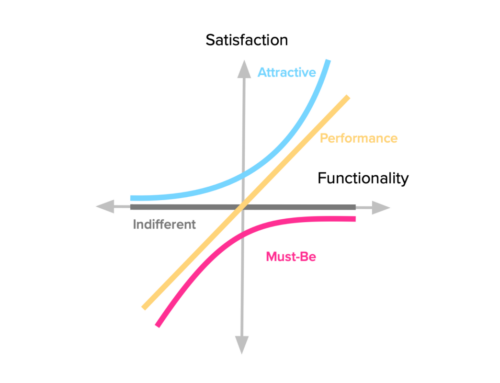
Traditional UX research methods often involve time-consuming and resource-intensive processes, making it tough for researchers and teams to keep up with release timelines. In order to keep up with the demands, some organizations having started to incorporate Lean UX Research, a process that helps expedite user insights and keep studies light, but impactful, in nature.
What is Lean UX Research?
Lean UX Research is an iterative approach that fosters collaboration, rapid prototyping and constant user feedback to inform and help shape effective user experiences. Born from the Lean Startup methodology and Agile development practices, Lean UX Research is all about delivering value to users in the most efficient and streamlined manner possible.
Unlike some traditional research methods that require extensive planning and exhaustive documentation, Lean UX Research focuses on continuous learning through experimentation. It encourages cross-functional teams to work together and foster a more collaborative culture of collective problem-solving.
Embracing the Agile Mindset
Adoption of an agile mindset is the key to employing Lean UX Research tactics with flexible and adaptive approaches to development. Teams are encouraged to respond to change and prioritize strategies delivering the most value to users as user expectations and market dynamics can shift at a moment’s notice. This iterative process allows teams to build, measure, and learn from each experiment, leading to faster and more informed decision-making.
3 Key Principles of Lean UX Research
- Minimal Viable Product (MVP) Approach: In Lean UX Research, the focus is on creating the simplest version of a product or feature that can be tested with users to gather feedback. This approach enables researchers to validate hypotheses and make informed decisions without investing excessive time or resources.
- Cross-functional Collaboration: Close collaboration between designers, developers, product managers and any other stakeholders is vital in this process. By fostering inclusive perspectives, teams can build a shared understanding of user needs and collaboratively work towards innovative solutions.
- Continuous User Feedback: Gathering continuous user feedback throughout the product development process is the bread and butter in a effective Lean UX Research approach. This iterative feedback loop helps identify usability issues early on, ensuring that the final product aligns with user expectations and reducing costly development late in the lifecycle.
The Lean UX Research Process
The Lean UX Research process is designed to be flexible and adaptive, accommodating the dynamic nature of product development. While specific steps may vary depending on the project, the core elements generally include:
1. Empathize and Define: The process begins with understanding user needs, pain points, and aspirations. Researchers conduct interviews, surveys, and observations to develop a clear picture of the target audience.
2. Ideate and Prototype: Cross-functional teams come together to brainstorm and create low-fidelity prototypes. These quick iterations help visualize potential solutions and spark discussions.
3. Test and Validate: Researchers put the prototypes in the hands of users for testing and feedback. This rapid validation process helps identify usability issues and validates assumptions.
4. Iterate and Improve: Based on user feedback, the team iterates on the designs, making improvements and refining the product incrementally.
Benefits of Lean UX Research
Lean UX Research adoption garners multiple advantages for cross-collaborative teams:
- Accelerated Development: Lean UX Research shortens the product development lifecycle by streamlining processes and reducing unnecessary features, leading to faster go-to-market timelines.
- User-Centricity: With continuous user feedback, Lean UX Research ensures that the final product addresses real user needs, enhancing overall user satisfaction and engagement.
- Cost and Resource Efficiency: By focusing on MVPs and iterative testing, Lean UX Research optimizes resource allocation, saving time and money in the product development process.
- Reduced Risk: The rapid validation process minimizes the risk of investing in the wrong product features, as researchers can pivot or refine the product based on real-time user insights.
Lean UX Research may be a great tactic to utilize if you work at an organization that deems research as too costly and time consuming. By embracing an agile mindset, fostering cross-functional collaboration, and prioritizing continuous user feedback, Lean UX Research empowers teams to create informed, user-centric products.










